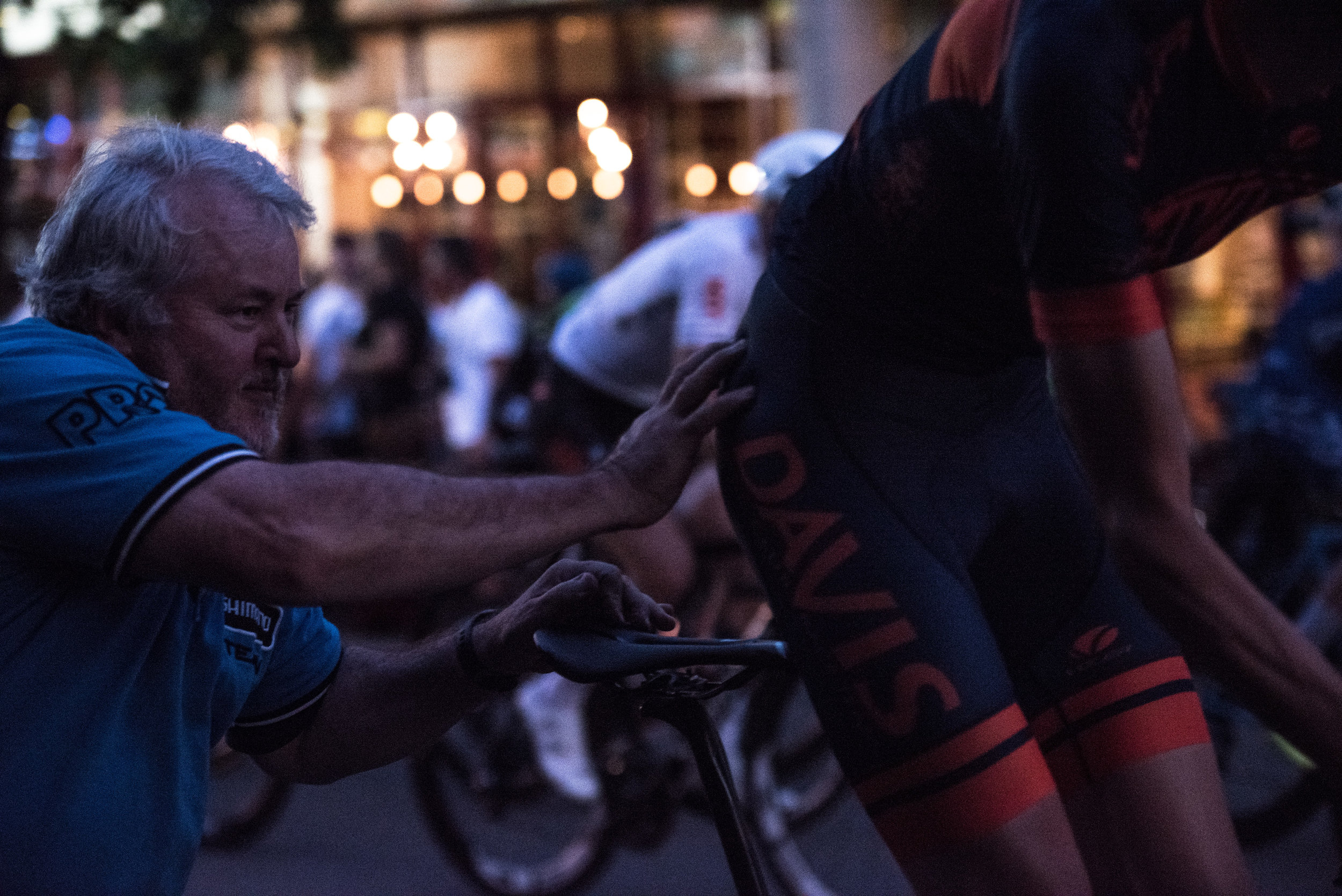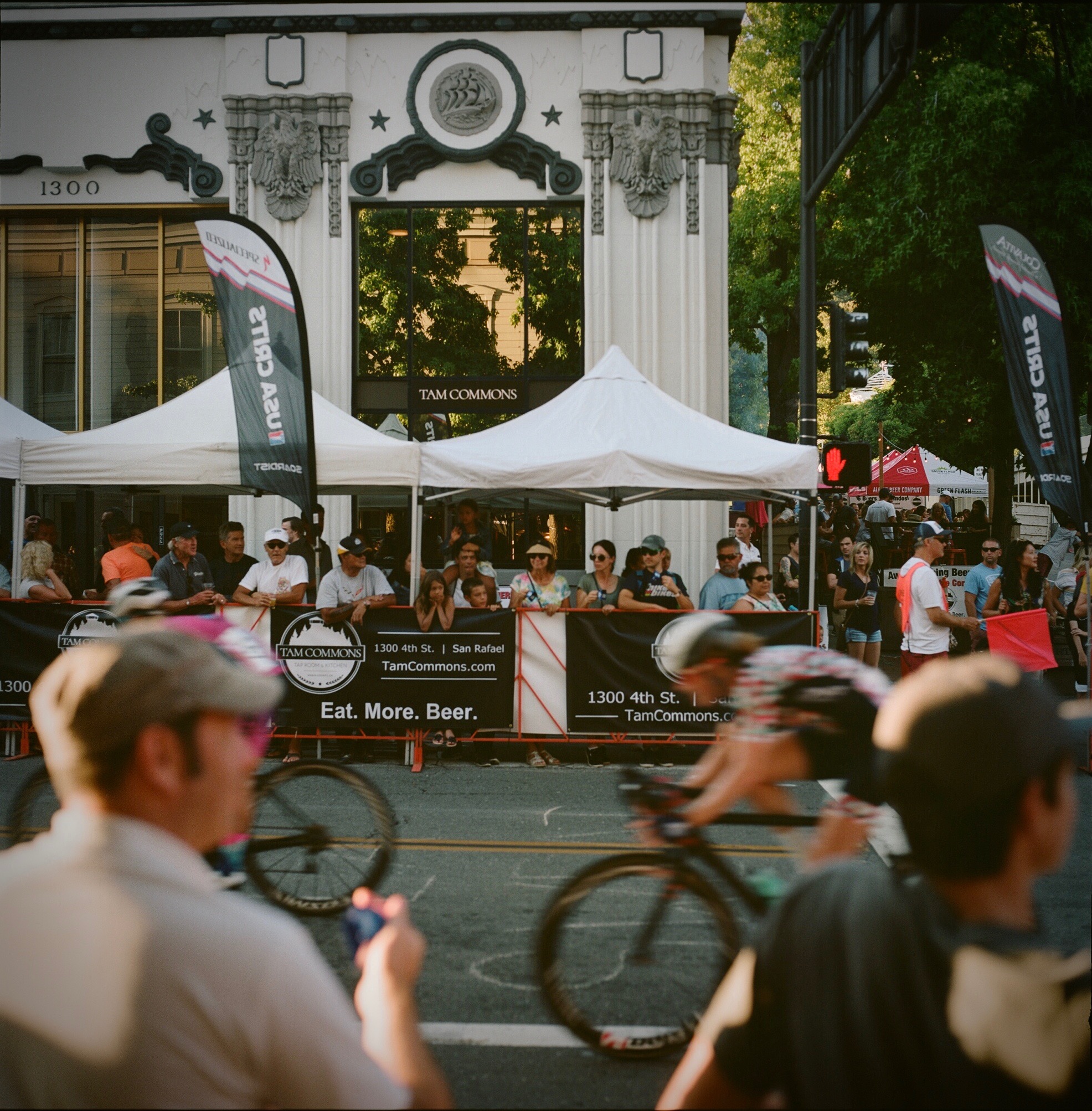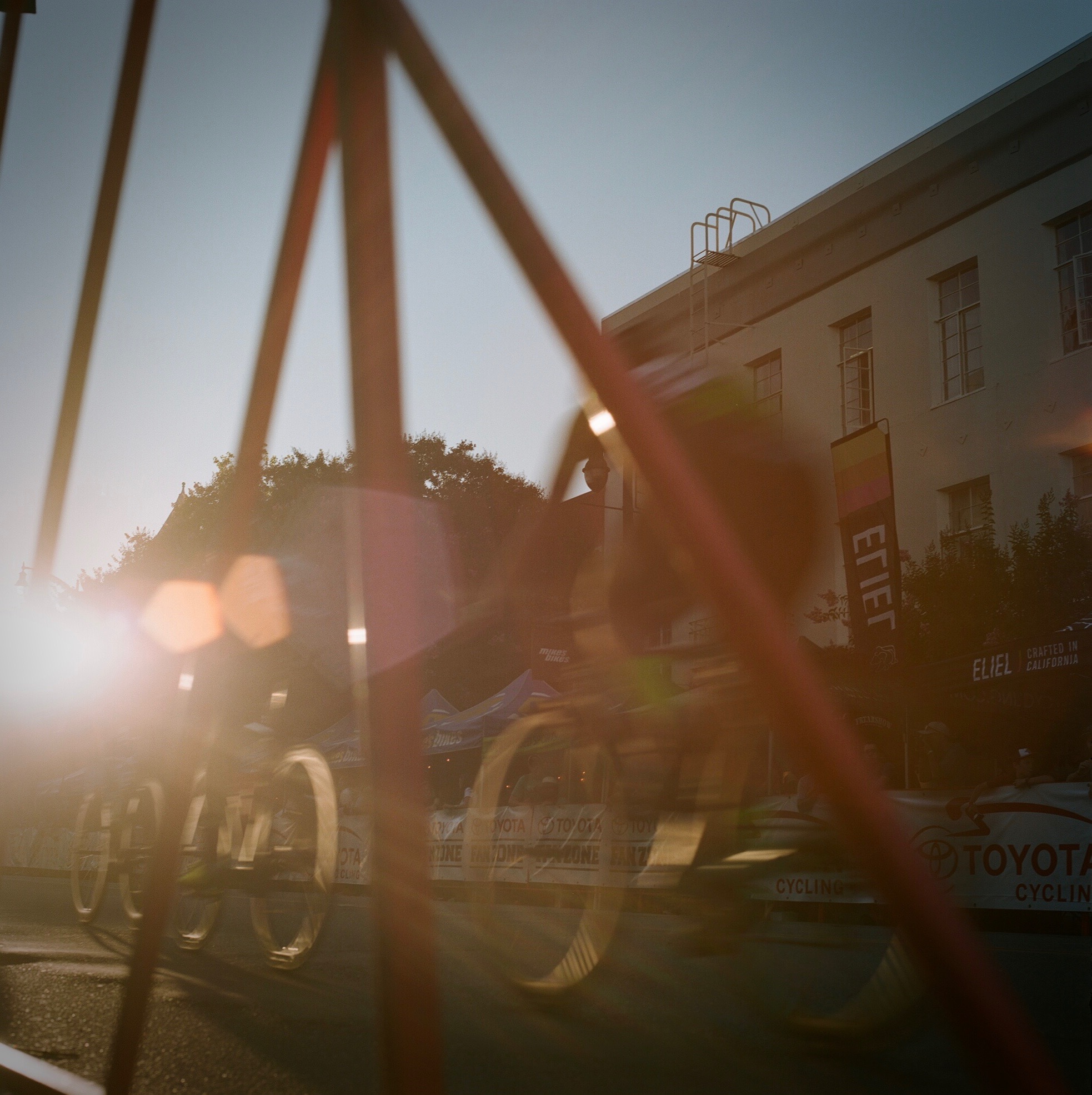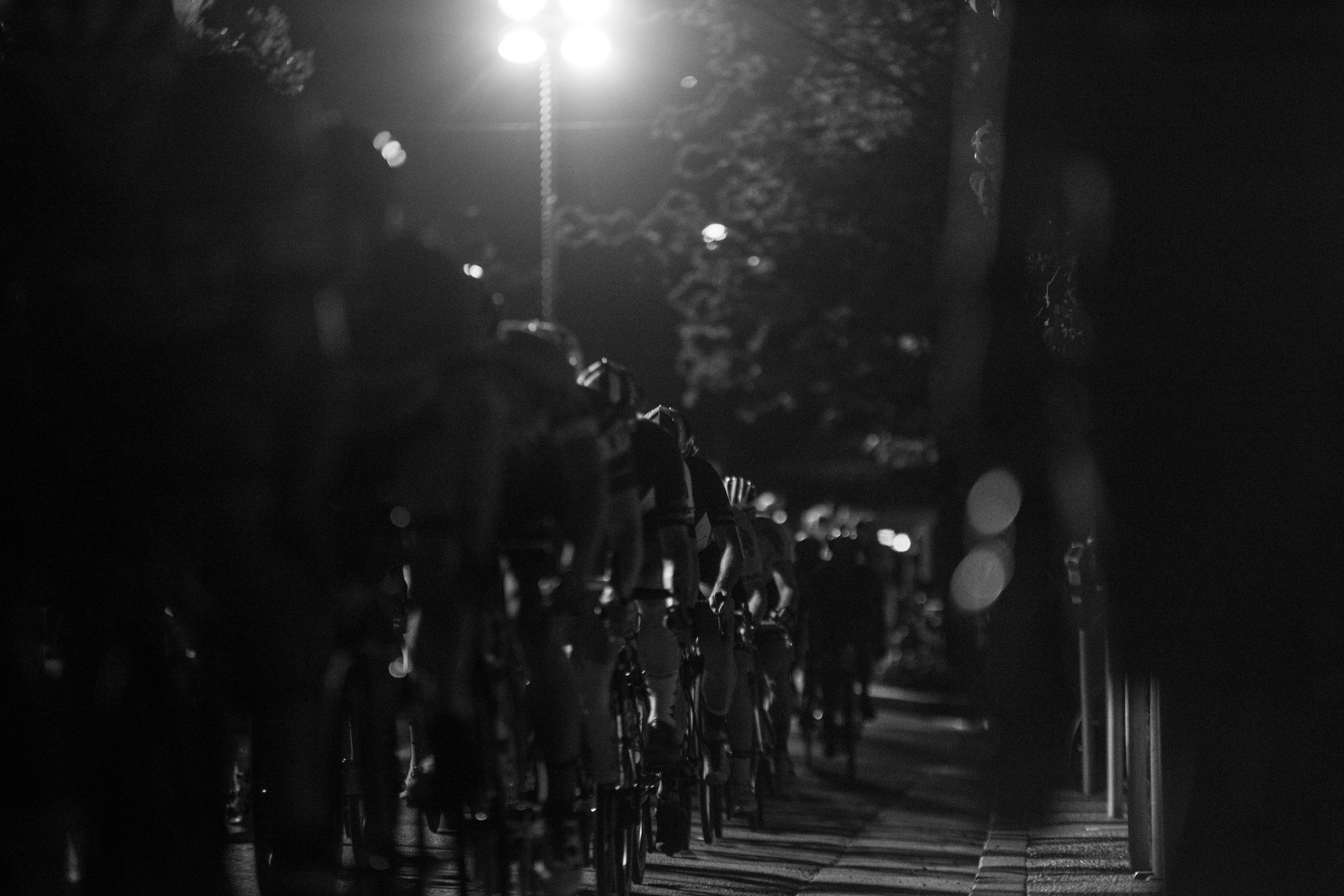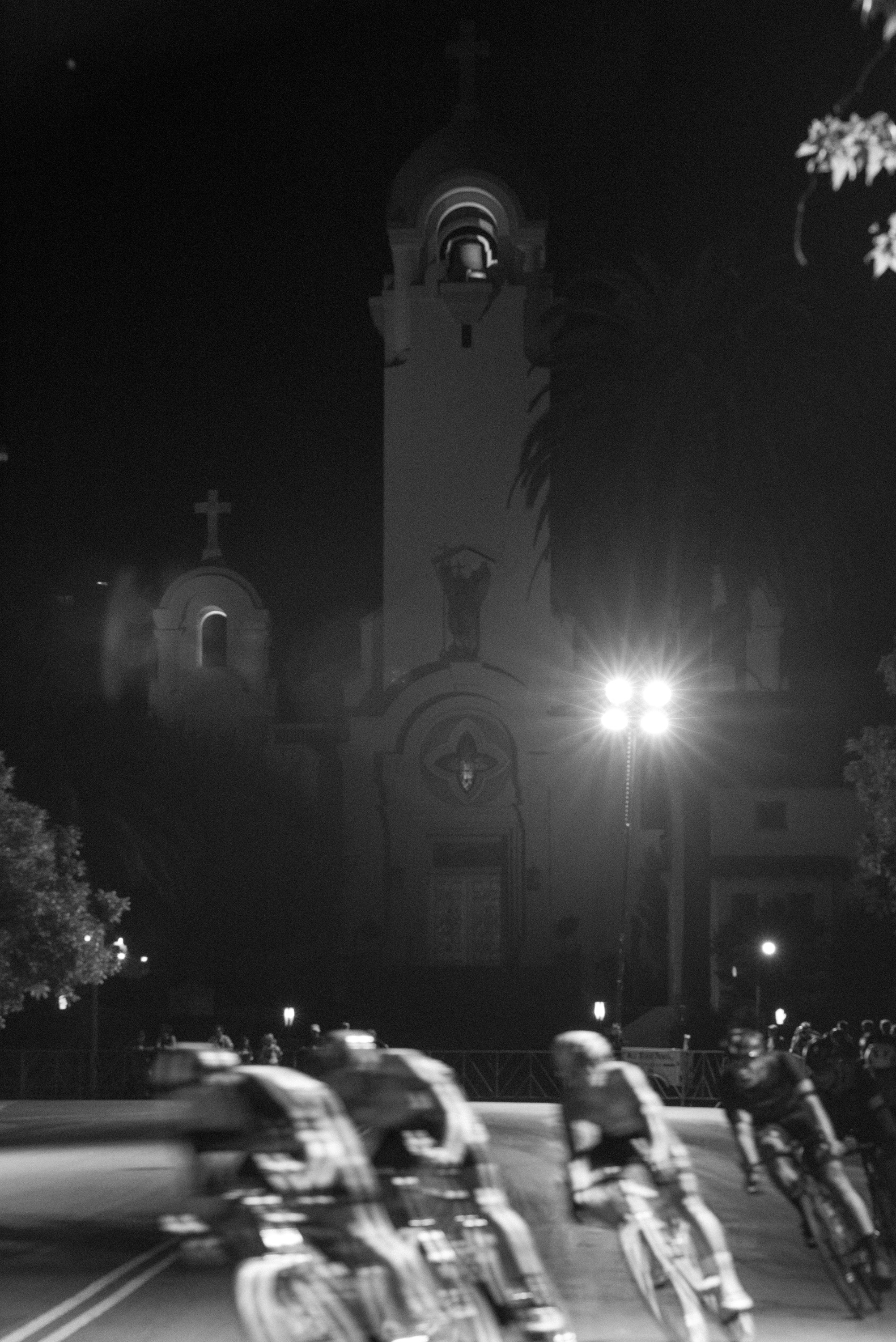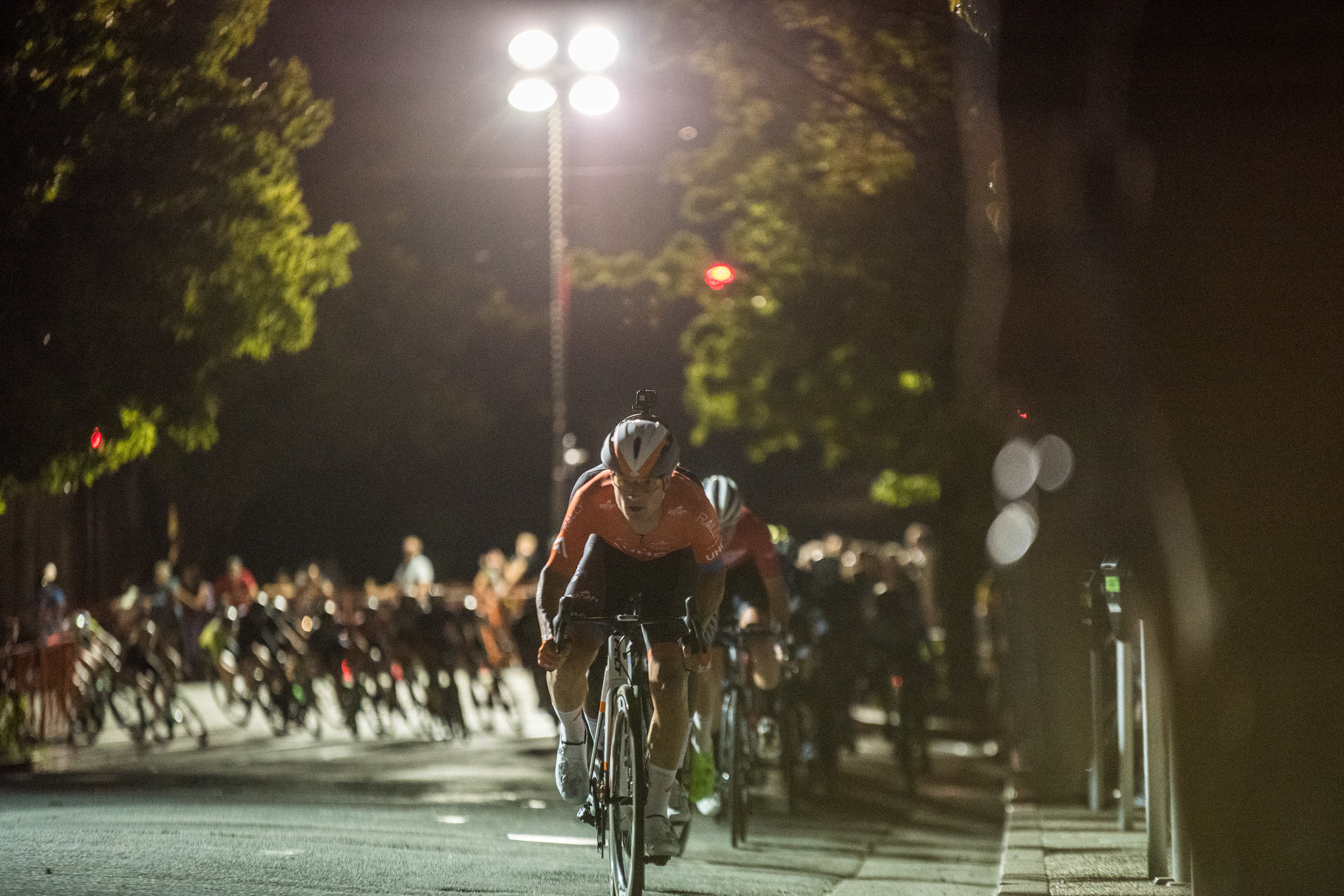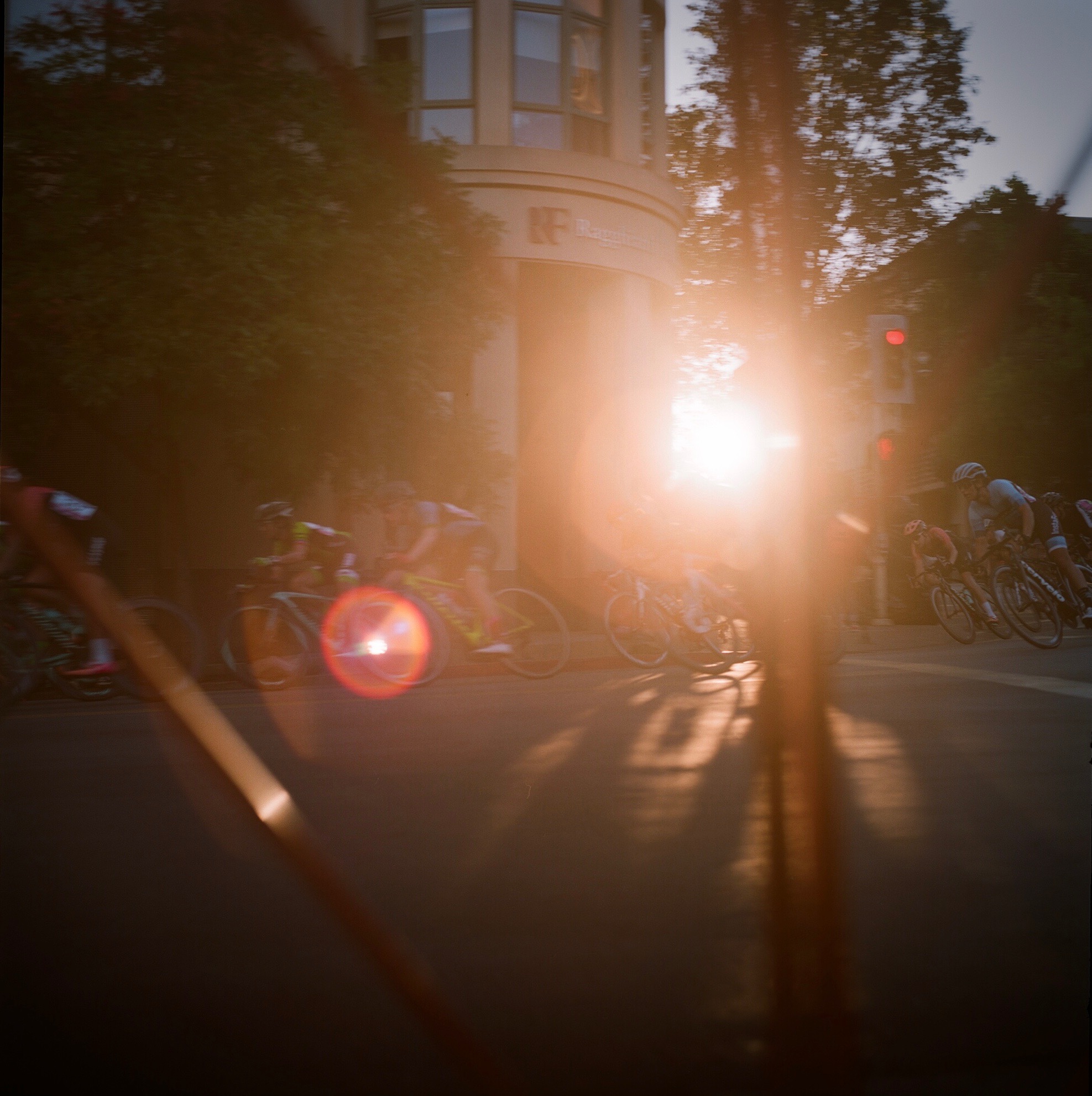If you’re looking for a race recap I’ll make it quick:
We lined up, tried real hard, but in the end missed the break and came up short.
Of course we would have liked to have done better at our home race, but sometimes, thats how it goes. We’ve been racing long enough to know by now not all of them are gonna be aces.
Despite it, the show at San Rafael was inspiring, in a different way at least.
The turnout this year was stacked. Spectators swarmed the barriers smashing cowbells and beers to watch over 100 racers in the mens pro field, and some 60+ riders lining up in pro women’s race. There have been bigger fields out there, but few as energetic.
The racing was blisteringly fast from the gun. The peloton blurred around the downtown course like a whirlwind of leaves, riders were pushed to their limits to avoid being dispatched out the back, a painful experience but a reassuring rebuttal to the critics who scoff at how “dead” the current state of American cycling is.
There’s no denying that in recent years the turnout has declined from where it once was, everyone is aware of this. The landscape isn’t the most encouraging, and why should it be? Lower payouts, extremely lower for the women’s fields, legacy races that seem to disappear from the calendar, powerhouse teams like Hagans Berman-Supermint folding, a broken model of sponsor dependency that’s been pointed to as the slow undoing of the sport, there’s a lot of real issues that are concerning to say the least.
But to say cycling is dead is to say it’s stagnant, not moving in any direction. This view discounts not only the continued high level of these races, but also the efforts being made by the community to try and turn the sport away from falling on the sword of tradition. Like flurries of attacks, you may not always see them go up the road when you’re in the pack, but from a distance, you see there’s sparks of passionate effort in cycling, attempts to kickstart the sports’ rebirth.
If you looked closely, you could see these efforts on display at the 0.8K course last Saturday night.
The continued pressure for promoters to provide equal pay in races, like at this year’s edition of San Rafael, or the Colorado Classic being turned into a women’s only race, are some small concessions to the long unaddressed problem of gender inequality in cycling. It’s not enough to turn the tables, but it’s a step in the right direction.
Seeing teams like Legion of Los Angles dominate in a commanding fashion, fueled by the William’s brothers’ message to make cycling more inclusive for people of color gives a deeper meaning to their victories.
Adapting the race days to include events like fix gear races for those crazy enough to rip around a crit course on a tack bike draws in more participants and spectators who wouldn’t normally show up to a road race.
The media presence that USA Crits brings to the races, and their live stream expanding the hype across the internet is everything that cycling needs right now. Their ability to bring in viewers and follow the narratives of an entire racing season gives teams a platform to make their sponsors (or mom’s) happy with a bit of airtime, and serves as an example for how other big races should promote their events.
There’s a host of real, negative structures that plague our sport, things that have aided its decline, but there are also people actively working to try and address these imbalances, in an effort to save our sport for another generation. Who are these people? They’re the directors who take on the impossible task of leading a team, in the hopes of providing a career to young deserving riders. They’re promoters drumming up support and sponsors to give us a platform to race on. They’re the one waiting behind a reg table to hand out a number, parents who drive their kids hours each way for a 40 min race, to give them the chance to experience a sport outside the norm.
You wonder where all these people hang out? Come to a race, any race, and you’ll find them.
Photos: Martina Patella & Andrew Shimizu



